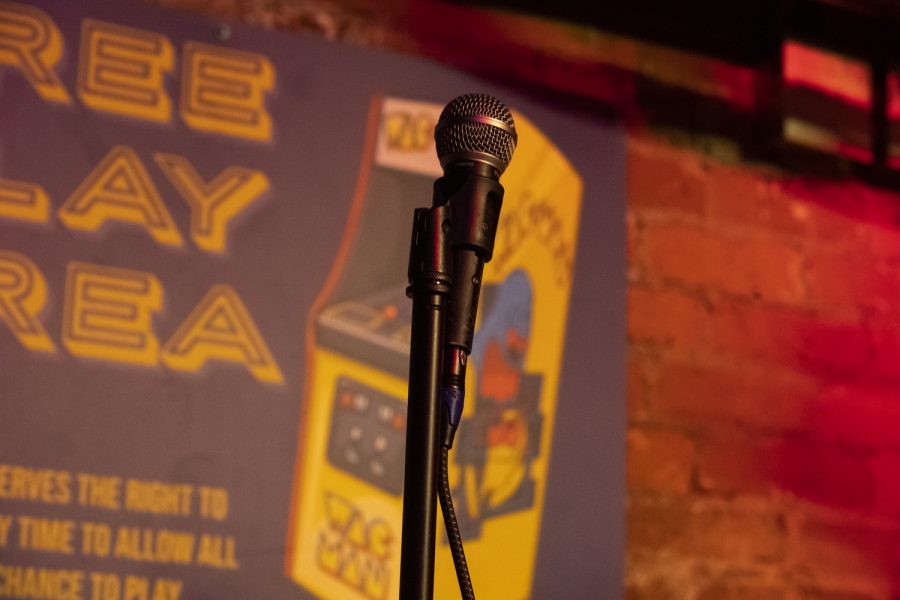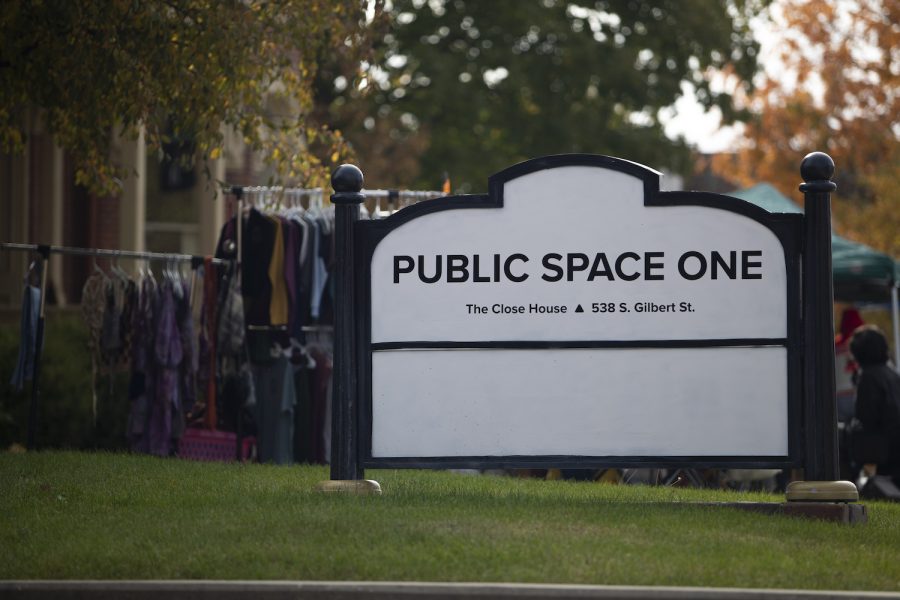In ceramics, round is not always what the artist is angling for.
Visiting ceramics artists Christa Assad, Josh DeWeese, and Lorna Meaden plan to demonstrate what inspires them and how they make their art in three events this week.
They will hold a discussion in Van Allen Lecture Room 2 at 5:30 p.m. Friday and will demonstrate how they work from 9 a.m. to 4 p.m. Friday and Saturday in the Studio Arts Building. Admission is free.
“You get to see a step-by-step of how their forms are created,” said Mathew Rude, a UI assistant professor of art. He compared the lecture and demonstrations to “peering into the windows of [the artists’] studios to see how they work.”
The three artists plan to not merely present a course in art history but to discuss their techniques and what inspires them.
“The way I like to approach it is giving students a little background about my sources of inspiration,” Assad said.
Paintings, nature, and other classic sources of inspiration work for some. But Assad, a full-time studio artist from Berkeley, Calif., takes her cues from contemporary architecture and modern industrial design.
“The style is based very strictly on geometry and precision,” she said. “It’s a style that’s evolved quite naturally from the interests I have.”
Assad, who was an engineering major s, showing how their inspirations turn from ideas into finished products.
“These guys will set up and demonstrate their work, answering questions from the participants and creating a dialogue about their work,” Rude said. “All of them have unique techniques to build their clay objects.”
Assad said she often starts out with the rounder shapes of clay that make up traditional pottery, such as vases and cups. She usually changes those forms later in the process, in what she calls “wheel-thrown slab construction.”
This creates something more in line with the precision and geometry that inspire her. The ceramics often come out in the form of teapots with hard edges and angles, a design she said is modeled on old clothes irons.
When Assad finishes the pieces, she fires them in a kiln at more than 2,200 degrees Fahrenheit to create “archival pieces that can outlast most any other material on the planet.”
The lecture and demonstrations, both Assad and Rude said, are aimed not just at advanced students but at anyone interested in pottery. Assad said she enjoys that element of the demonstrations.
“I get to go through the whole repertoire of what I make,” she said.





